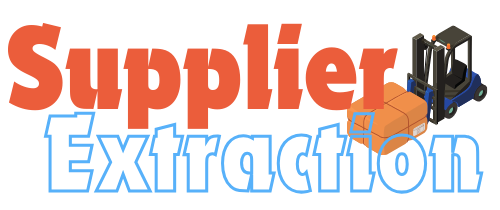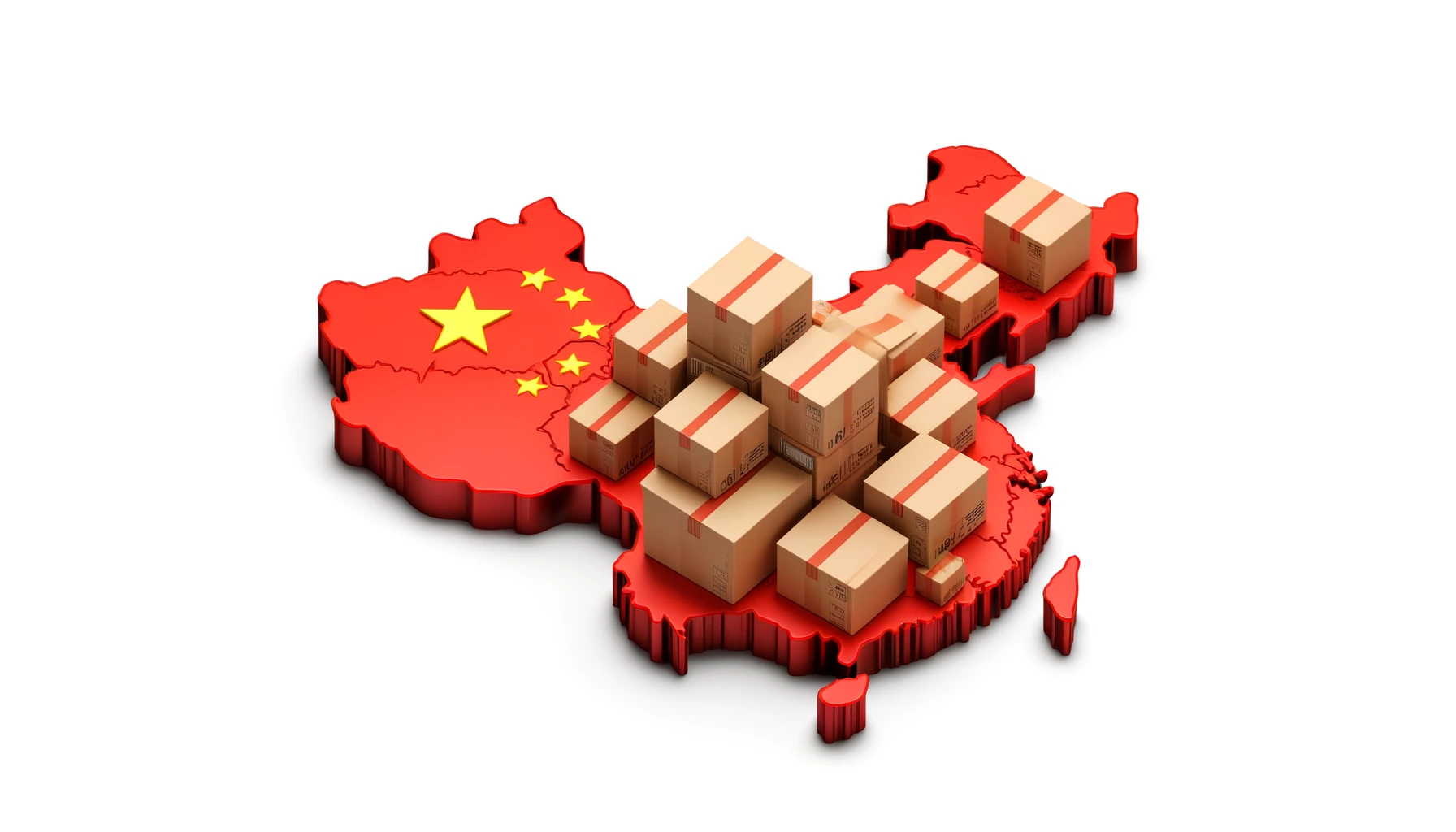Section 9: Legal and Compliance Considerations When Sourcing from China
Navigating the legal and compliance landscape is crucial when sourcing products from China. Ensuring adherence to both Chinese regulations and the import regulations of your home country can help avoid costly fines, delays, and legal issues. This section will guide you through the essential legal and compliance considerations you need to keep in mind.
Intellectual Property (IP) Protection
Why IP Protection Matters
Intellectual property protection is vital to safeguard your designs, trademarks, and inventions from infringement. Ensuring that your IP is protected can prevent unauthorized use and copying of your products.
Steps to Protect Your IP
- Registering Your IP in China:
- Trademarks: Register your trademarks with the China National Intellectual Property Administration (CNIPA). This provides legal protection for your brand in China.
- Patents: If you have unique inventions or designs, register them with CNIPA to secure patent protection.
- Copyrights: Register your copyrights for original works, such as software or artistic creations, to prevent unauthorized reproduction.
- Using Contracts and Agreements:
- Non-Disclosure Agreements (NDAs): Use NDAs when sharing sensitive information with suppliers. This legally binds them to confidentiality.
- Licensing Agreements: If you are licensing technology or designs, ensure that detailed licensing agreements are in place to outline the terms of use and restrictions.
- Monitoring and Enforcement:
- Regular Monitoring: Monitor the market for potential infringements. This can involve online searches, trade show visits, and working with local agencies.
- Legal Action: Be prepared to take legal action if your IP rights are violated. This may involve working with local legal experts to file lawsuits or seek injunctions.
Thing to Do:
Before engaging with suppliers, register your trademarks, patents, and copyrights in China. Use NDAs and licensing agreements to protect your IP during negotiations. Regularly monitor the market for potential infringements and be ready to enforce your rights through legal action if necessary.
Compliance with Product Standards and Regulations
Why Compliance Matters
Ensuring that your products comply with both Chinese regulations and the import regulations of your home country is essential to avoid legal issues and ensure customer safety.
Steps for Ensuring Compliance
- Understanding Regulatory Requirements:
- Product Safety Standards: Familiarize yourself with the relevant safety standards for your products. For example, electronics may need to comply with the CE marking in Europe or FCC regulations in the USA.
- Environmental Regulations: Ensure compliance with environmental regulations, such as RoHS (Restriction of Hazardous Substances) for electronics and REACH (Registration, Evaluation, Authorization, and Restriction of Chemicals) in the EU.
- Certification and Testing:
- Third-Party Testing: Use accredited third-party laboratories to test your products for compliance with relevant standards. This ensures impartial and accurate testing.
- Obtaining Certifications: Obtain necessary certifications before shipping your products. For example, food products may require FDA approval in the USA.
- Labeling and Documentation:
- Proper Labeling: Ensure that your products are labeled correctly according to the destination country’s requirements. This may include safety warnings, country of origin, and certification marks.
- Complete Documentation: Prepare all necessary documentation, including safety data sheets, test reports, and certificates of compliance. This documentation is often required for customs clearance and regulatory inspections.
Thing to Do:
Identify the relevant safety and environmental standards for your products. Use accredited third-party labs for testing and obtain all necessary certifications. Ensure that your products are correctly labeled and that you have all required documentation for compliance.
Import and Export Regulations
Understanding the Legal Framework
Navigating import and export regulations involves understanding the legal framework governing international trade. This includes tariffs, duties, and trade agreements.
Steps for Compliance with Import and Export Regulations
- Classifying Goods Correctly:
- HS Codes: Use the Harmonized System (HS) codes to classify your goods accurately. This classification determines the applicable tariffs and duties.
- Customs Documentation: Ensure that all customs documentation, such as the commercial invoice and bill of lading, accurately reflects the HS codes and product details.
- Understanding Trade Agreements:
- Free Trade Agreements (FTAs): Take advantage of FTAs that may reduce tariffs or provide other benefits. For example, the United States-Mexico-Canada Agreement (USMCA) provides tariff benefits for qualifying goods.
- Country-Specific Regulations: Familiarize yourself with country-specific regulations that may affect your imports. For instance, certain goods may be subject to antidumping duties.
- Complying with Export Controls:
- Export Licenses: Ensure that you have the necessary export licenses if required. Some products, such as high-tech goods, may require special licenses.
- Sanctions and Embargoes: Be aware of any sanctions or embargoes that may affect trade with certain countries. Ensure that you do not engage in prohibited transactions.
Thing to Do:
Classify your goods accurately using HS codes and ensure all customs documentation is correct. Familiarize yourself with relevant FTAs and country-specific regulations. Obtain any necessary export licenses and comply with sanctions and embargoes.
Ethical Sourcing and Corporate Social Responsibility (CSR)
Why Ethical Sourcing Matters
Ethical sourcing and CSR are increasingly important to consumers and stakeholders. Ensuring that your products are sourced ethically can enhance your brand reputation and build customer trust.
Steps for Ethical Sourcing
- Supplier Audits:
- Social Audits: Conduct social audits of your suppliers to ensure they adhere to fair labor practices, such as reasonable working hours, fair wages, and safe working conditions.
- Environmental Audits: Assess the environmental practices of your suppliers, including waste management, resource use, and emissions control.
- Implementing a CSR Program:
- CSR Policies: Develop and implement CSR policies that reflect your commitment to ethical sourcing and sustainability. Communicate these policies to your suppliers.
- Transparency: Ensure transparency in your supply chain by publicly reporting your CSR activities and the results of your supplier audits.
- Engaging with Stakeholders:
- Stakeholder Collaboration: Engage with stakeholders, including customers, investors, and NGOs, to understand their concerns and expectations regarding ethical sourcing.
- Continuous Improvement: Continuously improve your CSR practices based on stakeholder feedback and evolving best practices.
Thing to Do:
Conduct regular social and environmental audits of your suppliers to ensure ethical sourcing. Develop and implement comprehensive CSR policies, and engage with stakeholders to continuously improve your practices.
Conclusion
Navigating the legal and compliance landscape when sourcing from China involves protecting your intellectual property, ensuring compliance with product standards and regulations, understanding import and export requirements, and committing to ethical sourcing practices. By taking these steps, you can safeguard your business, avoid legal issues, and build a strong reputation for quality and integrity.
Incorporating these strategies into your sourcing operations will help ensure that your products meet regulatory requirements and ethical standards, contributing to the long-term success and sustainability of your business.

